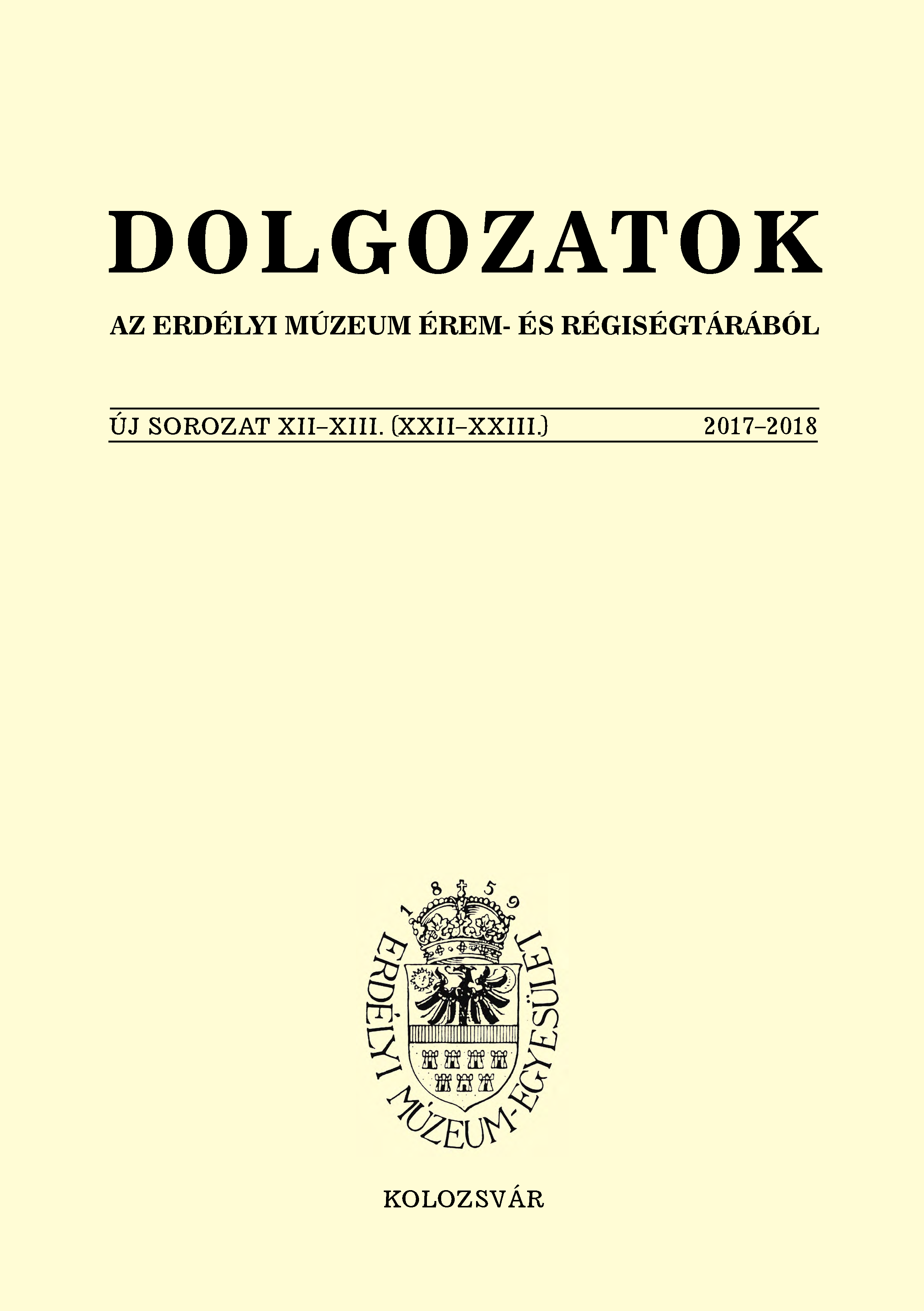Akik távollétükben sem tudtak elszakadni Erdélytől. Buday Árpád, Buday György és Buday Kálmán kolozsvári emlékezete
The memory of the three Budays from Kolozsvár
Author(s): Péter CsekeSubject(s): Archaeology, Cultural history, Interwar Period (1920 - 1939)
Published by: Erdélyi Múzeum-Egyesület
Keywords: Anniversary of the Budays; archaeologist; the culture of ancient times; historical geography; Youth of Transylvania; Youth of Szeged
Summary/Abstract: Árpád Buday (1879–1937) was an archaeologist internationally acclaimed already during his activity in Cluj. He wanted his older son, György (1907–1990) to also become an archaeologist, so he always took him along for his field work. While the father was amazed by the culture of ancient times, the son was more interested in the landscape and the rich folk culture of the day. On the occasion of this double anniversary of the Budays, we must also mention the younger son, Kálmán (1908–1936), who in his short, yet promising life followed in his archaeologist father’s footsteps, and in certain respects had a decisive influence on the artistic career of his brother György. György Buday turned to woodcarving, which made him famous, in 1930. On his request, his younger brother had brought him tools for woodcarving from one of his academic trips to Heidelberg. Thanks to these tools, the series The Pilgrimage of the Virgin Mary had been completed by 1931, and gained international critical acclaim. Of the younger brother Kálmán, historian, archaeologist and archivist, we know little. In his dissertation, he wrote about the period of the Principality of Transylvania under the rule of István Báthory, and his work The historical geography of Transylvania remained in manuscript due to his untimely death. Dürer’s direct descendant – this is Györgyi Pécsi’s characterisation of the world-famous graphic artist and printmaker György Buday. His unmatched lifework is indeed an organic part of the Hungarian and European cultural heritage, connecting the life and spiritual achievements of Hungarians from Transylvania, Hungary and the Diaspora. In the struggling years of his adulthood, as a community organizer he was passionately involved with the new spirit of the youth organizations Erdélyi Fiatalok (Youth of Transylvania), Szegedi Fiatalok (Youth of Szeged), Válasz (Answer). His artistic heritage places side by side the depths of folk culture, the classics of Hungarian poetry and Shakespeare’s figures carrying eternal truths. His stay in England for over fifty years only changed Buday’s life circumstances, but not his “inspiration”. Rather: the same material of inspiration was broadened to an “over-national” one. He followed all his life the principle, as he summarized in 1970, referring to his entire life and art: “Every single stage carries within itself everything that has preceded it, and the anticipation of everything that comes after.”
Journal: Dolgozatok az Erdélyi Múzeum Érem- és Régiségtárából. Új sorozat
- Issue Year: 2018
- Issue No: XII-XIII
- Page Range: 147-151
- Page Count: 5
- Language: Hungarian

